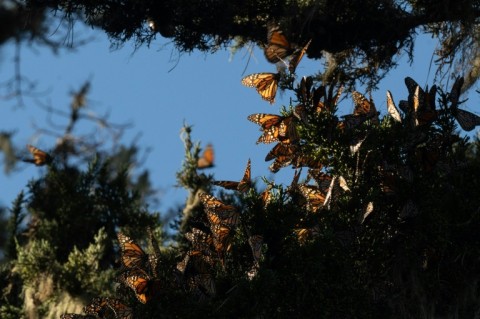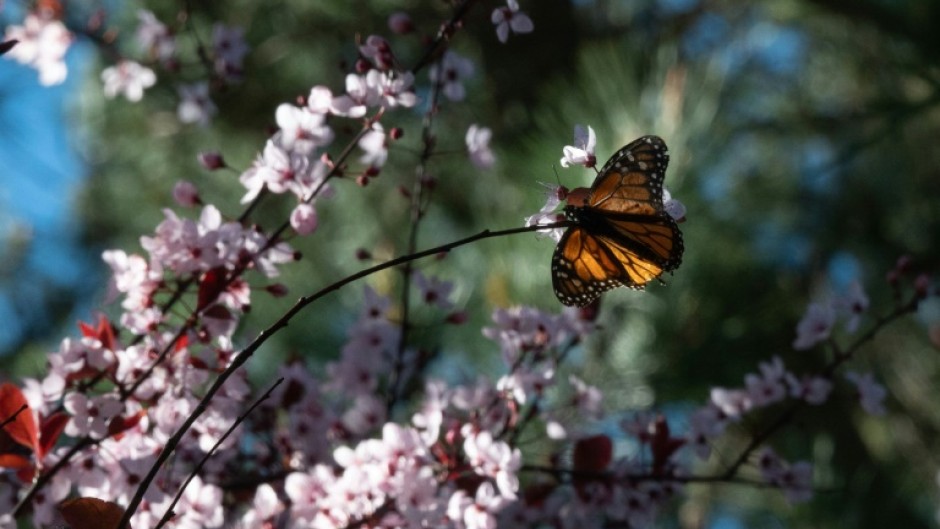
LOS ANGELES - As devastating storms pounded California, nature lovers feared for endangered monarch butterflies that winter there as part of a seemingly magical migration pattern.
The colourfully winged insects that travel vast distances over the course of generations have been closely watched in the US state since they neared extinction just three years ago.
As the sun rose one January morning, volunteers began counting monarch butterflies, finding them clustered atop cypress and eucalyptus trees in various sites along the California coast.
The butterflies huddled in clusters of grey colonies until one spread its wings to reveal the orange spots for which they are known.
The sight provided a bit of reassurance for Stephanie Turcotte Edenholm, who counted more than a thousand monarchs at a sanctuary in the California coastal town of Pacific Grove.
The educator spent much of the morning explaining the lives of the butterflies to young school students. They got to watch as dozens of butterflies took flight, believing -- mistakenly -- that the mild temperature signalled the end of winter.
"It's too early for them to get so agitated, they're using up their fat reserves," Edenholm fretted.

She worried, too, that they would mate and the females would fly off in search of milkweed plants to lay eggs on. Milkweed is all that baby caterpillars eat once the eggs hatch, but it was too early in winter for the plants to be growing.
Volunteers counted more than 330,000 "western monarch" butterflies at the end of November, according to the Xerces Society conservation group.
- Pesticides and climate change -
That number came as a relief compared to the 2,000 butterflies counted at the end of 2020, and an encouraging step up from the 250,000 or so butterflies tallied in 2021.
But the ranks of butterflies were far from the millions observed in the 1980s, due to threats including habitat loss, pesticides and climate change, according to Xerces.
The monarch was added last year to the International Union for Conservation of Nature's Red List of threatened species and Xerces has asked the US Fish and Wildlife Service to place monarchs on its endangered list.
Some species of monarchs travel thousands of miles, from Canada to Mexico, while the lifespan of any single butterfly is typically measured in weeks.

In 2020, the near absence of monarchs on the west Coast was a rallying cry for nature lovers, from gardeners who planted milkweed to hobbyists who raised butterflies in their homes despite the practice being illegal.
But finding the right balance to protect nature has challenges. For example, monarchs love water-guzzling eucalyptus trees that are not native to drought-prone California.
Clearing vegetation or trees to reduce the risk of wildfires can eliminate butterfly habitats.

